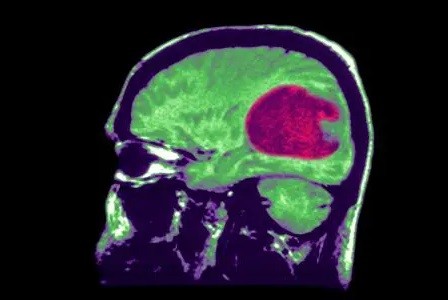30/05/2024
30/05/2024

NEW YORK, May 30: Neuroscientists at the University of South Florida (USF) have developed an advanced brain mapping technique that could revolutionize the understanding and treatment of Alzheimer's disease, autism, and traumatic brain injuries. The team, based at USF’s auditory development and connectomics laboratory, is employing virtual reality (VR) and artificial intelligence (AI) to create detailed visual timelines of neuronal development in newborn mice.
The researchers use complex imaging technology to produce intricate 3D renderings of brain formation, which are analyzed through large language AI models. The neurons in these mice share similarities with human neurons, making them valuable for studying early brain development. The focus of the research is the calyx of Held, the largest nerve terminal in mammalian brains, which plays a crucial role in processing sound. Dysfunction in this area is linked to disorders like autism, characterized by social and cognitive impairments.
Dr. George Spirou, a professor of medical engineering at USF, likened the new imagery to a road map that helps identify developmental detours and potential fixes. "It's like finding an off-ramp that shouldn't be there and correcting it," he explained. This approach could reveal the keys to understanding developmental disorders and devising therapies to treat neural degeneration or traumatic injuries by encouraging synaptic growth.
The VR platform developed by Spirou, who has over 40 years of experience in brain research, allows for detailed examination of neurons and their synaptic connections in 3D. This level of temporal and spatial resolution is unprecedented in the study of developing neural systems. According to Spirou, the brain's synapses form at an astounding rate during development, highlighting the need for sophisticated tools to study these processes.
Newborn mice serve as an effective model due to their rapid brain development, which mirrors human gestation. Spirou described the process: "At two days old, the nerve terminal starts to grow; by six days, most pruning has occurred, similar to in-utero development in humans."
This research, in collaboration with the University of California, San Diego, Oregon Health & Science University, and the University of North Carolina at Chapel Hill, is supported by a $3.3 million grant from the National Institutes of Health (NIH). The project aligns with the Brain Initiative, launched in 2013 by then-President Barack Obama, which aimed to map the human brain with an initial $100 million federal investment.
While private ventures like Elon Musk's Neuralink focus on adult brain-computer interfaces, USF's research emphasizes developmental studies using mouse models. "Our approach with mouse models will be crucial for some time," Spirou stated, underscoring the importance of understanding early brain development to advance neurological research.
USF's innovative use of VR and AI in brain mapping represents a significant step forward in neuroscience, offering new avenues for understanding and treating complex brain disorders.


